Water bubbles in your walls are a sign of excess moisture, which several things could cause. Have you ever noticed water bubbles randomly appearing on your walls? It is a pretty common problem, but that doesn’t mean it’s easy to fix. In this blog post, we will explore some of the causes of water bubbles in walls and how to fix water bubble in wall. Keep reading for more information!
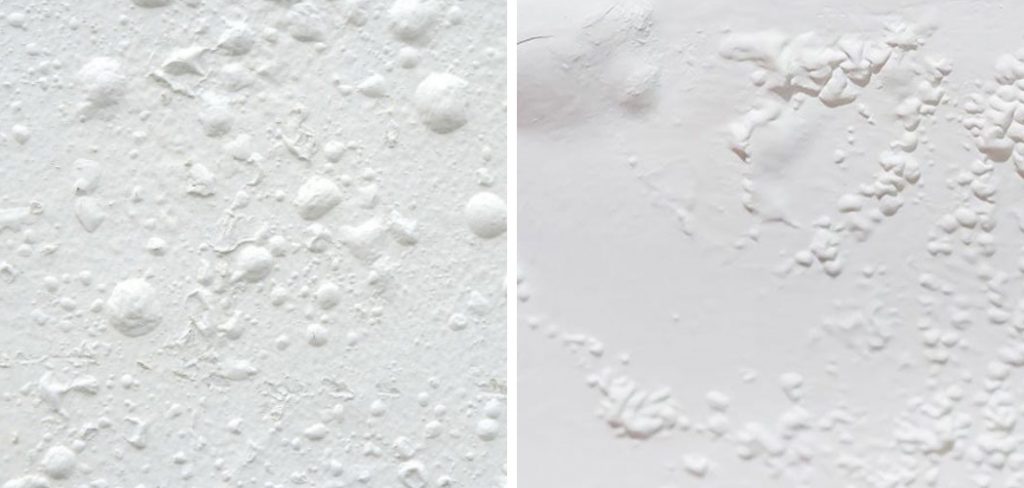
Summary: In order to fix a water bubble in the wall, it is necessary to remove the water from the bubble and then seal the leak. To do this, use a bucket to scoop up the water and then pour it down the drain. Once the water has been removed, use a plunger to push the air out of the bubble and then seal the leak with caulk or spackling.
What Causes Water Bubbles in Walls?
A few different things could cause water bubbles in your walls. The one that is most likely to be the cause is excess moisture. This could be due to condensation, which is when humid air hits a cold surface and turns into water droplets. This is common in bathrooms and kitchens, where there is a lot of humidity from cooking or showering. Another possible cause of water bubbles in walls is leaking. This could be from a pipe leaking behind the wall or rainfall seeping through cracks in the exterior of your home.
Additionally, the water could seep through the walls and cause bubbles if you have a swimming pool. The other possibility is that the bubbles are caused by paint that wasn’t properly mixed. When this happens, the paint doesn’t adhere to the wall correctly and starts to bubble up. Lastly, if your home is located in an area with high humidity, that could also cause water bubbles in the walls.
Why Are Water Bubbles in Walls Dangerous?
While water bubbles in walls may not seem like a big deal, they can actually be dangerous. First, water seeps into your home if a leak causes water bubbles. This could lead to mold and mildew growth, harming your health. Additionally, if the water bubbles are caused by paint that wasn’t properly mixed, the paint could contain lead. Lead is a neurotoxin that can cause serious health problems, especially in children.
Another reason why water bubbles in walls are dangerous is that they could be a sign of structural damage. If the water seeps through cracks in your foundation, it could weaken the structure of your home and lead to collapse. Finally, if a swimming pool causes water bubbles, the chemicals in the pool could seep through the walls and contaminate your home.
10 Ways on How to Fix Water Bubble in Wall
1. Use a Dehumidifier
If the water bubbles are caused by condensation, you can try using a dehumidifier. This will help remove the humid air from your home, reducing the amount of condensation on your walls. First, find the right size for your home to use a dehumidifier. Then, place the dehumidifier in the room where you notice the most water bubbles. Please turn it on and empty the water tank regularly.
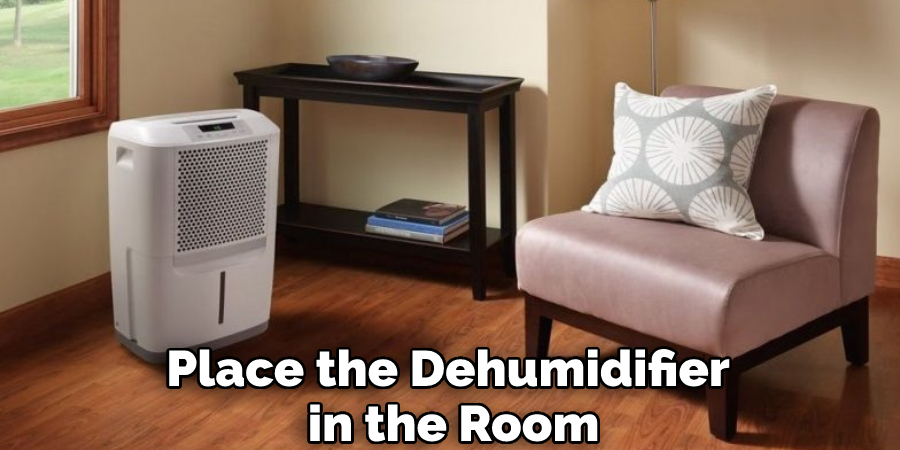
If you don’t have a dehumidifier, you can try opening a window or using an air conditioner to remove the humid air from your home. Avoid using fans, as they will circulate the humid air.
2. Find and Fix Leaks
If leaks cause water bubbles, you need to find and fix the leaks as soon as possible. Otherwise, the water will continue to seep into your home and cause damage. To find leaks, check for water stains on your walls or ceiling. You can also look for cracks in your foundation or walls. If you have an irrigation system, check for leaks in the pipes. To fix leaks, First, turn off the water to your home.
Then, repair any cracks in your foundation or walls with concrete or mortar. If you have an irrigation system, repair any leaks in the pipes with pipe sealant. Finally, turn the water back on and check for leaks again.
3. Insulate Your Home
If your home is located in an area with high humidity, you can try insulating your walls to reduce the amount of moisture that seeps in. This will help keep your home cooler and reduce the amount of condensation on your walls. First, check if your home is properly insulated by checking the R-value. This is a measure of how well a material resists heat flow.
If your home has a low R-value, you can add more insulation to your walls. You can also try installing weatherstripping around your windows and doors to help keep the cool air in and the hot air out.
4. Use a Humidifier
If the water bubbles are caused by dry air, you can try using a humidifier. This will add moisture to the air, reducing the amount of condensation on your walls. First, find the right size for your home to use a humidifier. Then, place the humidifier in the room where you notice the most water bubbles. Please turn it on and empty the water tank regularly. If you don’t have a humidifier, you can try boiling water on the stove or using a bowl of water and a fan.
5. Use a Heater
You can try using a heater if the water bubbles are caused by cold air. This will help warm up the air, reducing the amount of condensation on your walls. First, find the source of the cold air. This is usually an exterior wall or window. Then, aim the heater at the wall or window, keeping it about a foot away. Please turn it on and let it run for a few hours or until the water bubbles disappear.
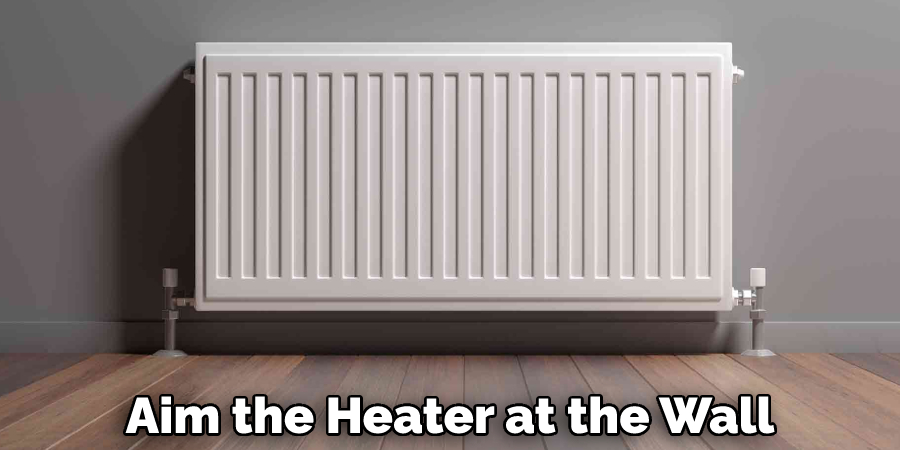
If your home has a central heating system, you can also raise the overall temperature to reduce condensation on your walls. Just be sure not to raise the temperature too much, as this can be a fire hazard.
6. Apply a Sealant
If you have cracks in your walls, you can try sealing them with a waterproof sealant. This will help keep water from seeping into your walls and causing bubbles. You can find waterproof sealants at most hardware stores. To apply the sealant, ensure the area is clean and dry. Then, apply the sealant to the cracks with a brush or roller. Let the sealant dry for 24 hours before painting or wallpapering over it.
7. Ventilate Your Home
The air can become stale and humid if your home is not well-ventilated. This can cause condensation on your walls and water bubbles. To ventilate your home, open your windows and doors to let fresh air in. You can also try using an exhaust fan in the kitchen and bathroom to remove stale air. If you have a fireplace, make sure the damper is open when you’re using it.
Try to ventilate your home for at least 30 minutes each day. Avoid using air conditioners and dehumidifiers, as they can make the air too dry and cause more condensation.
8. Install Gutters
If your home doesn’t have gutters, you should consider installing them. Gutters help redirect water away from your home, preventing it from seeping into the foundation or basement.
If your home already has gutters, ensure they are free of debris and functioning properly. Clogged gutters can cause water to back up and seep into your home. To install gutters, you must measure the length of your home’s eaves. Then, cut the gutters to size and install them with hangers. You can find gutters and hangers at most hardware stores.
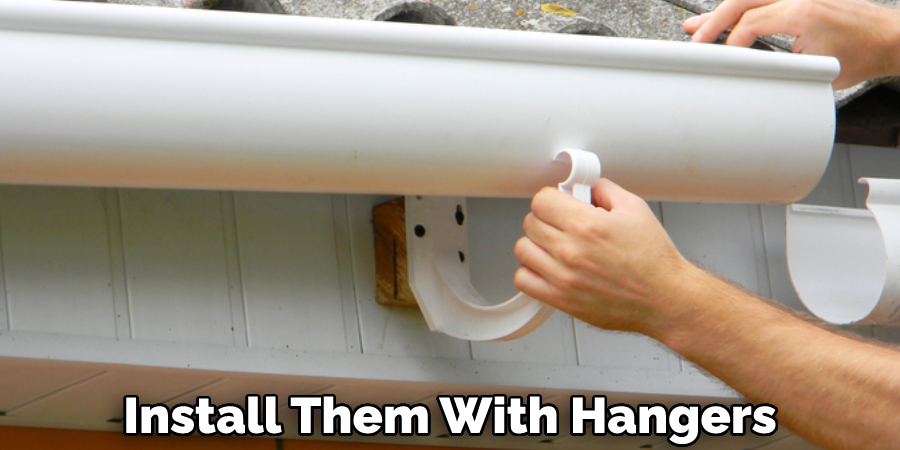
9. Check for Poorly Mixed Paint
If your walls are painted, the paint may blame the water bubbles. This is especially true if the paint is not mixed properly. When the paint is not mixed properly, the pigments settle to the bottom of the can. This can cause the paint to be thinned out and less durable. As a result, the paint may peel or chip, allowing moisture to seep in and cause water bubbles. You need to scrape off the paint and start over to fix this. Try to mix the paint thoroughly next time to avoid this issue.
10. Hire a Professional
If you’re still having trouble fixing the water bubbles, you may need to hire a professional. A professional can help identify the cause of the problem and recommend the best course of action. They can also help repair any damage to your walls, such as cracks or holes. To find a professional, you can ask friends or family for recommendations. You can also search online for local contractors. Make sure to read reviews before hiring someone.
Tips and Warnings on How to Fix Water Bubble in Wall
Tips:
- Always identify the source of the water bubble. This will help you in deciding which repair method is appropriate.
- If a plumbing leak causes a bubble, make sure to fix the leak first before proceeding with the repair. Otherwise, the problem will recur.
- For small bubbles, you can try to puncture them and let the water seep out.
Warnings:
- Do not use a hot iron to fix water bubbles, as this will damage the paint or wallpaper.
- Do not try to repair large bubbles yourself. Hire a professional if the bubble is more than six inches in diameter.
- Do not use sharp objects to puncture the bubble, as this might cause more damage to the wall.
- If you are unsure about the repair, it is always best to consult a professional.
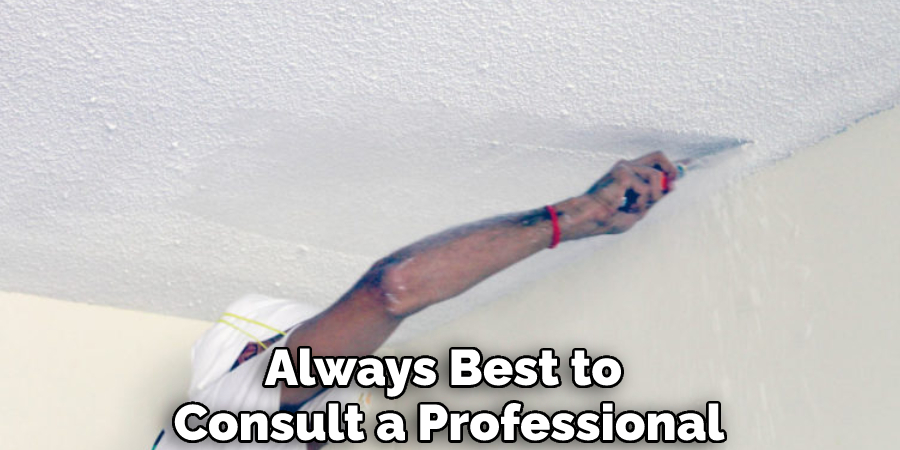
Conclusion
So there are ten tips on How to Fix Water Bubble in Wall! If you follow these tips, you should be able to get rid of the water bubbles quickly and easily. Do you have any other tips? Let us know in the comments below!
